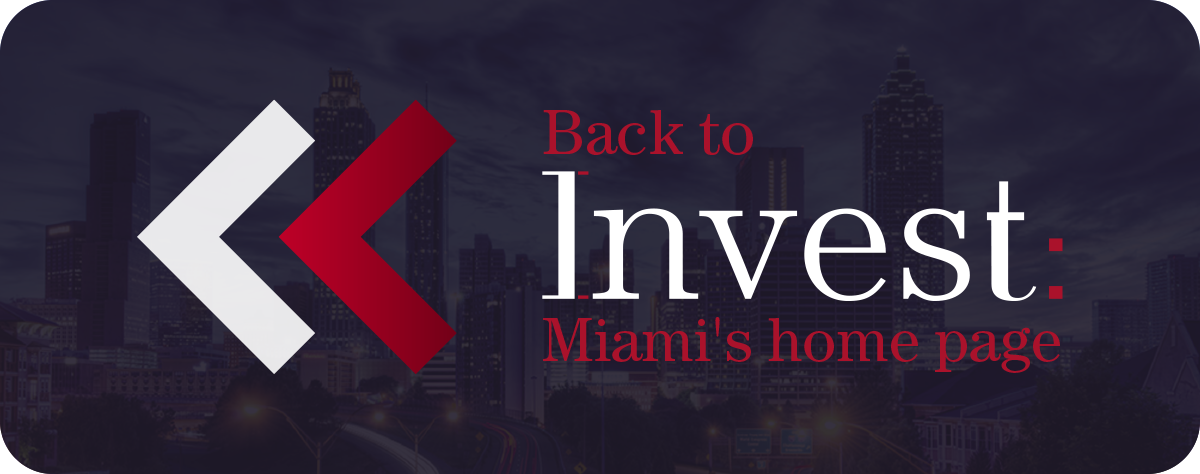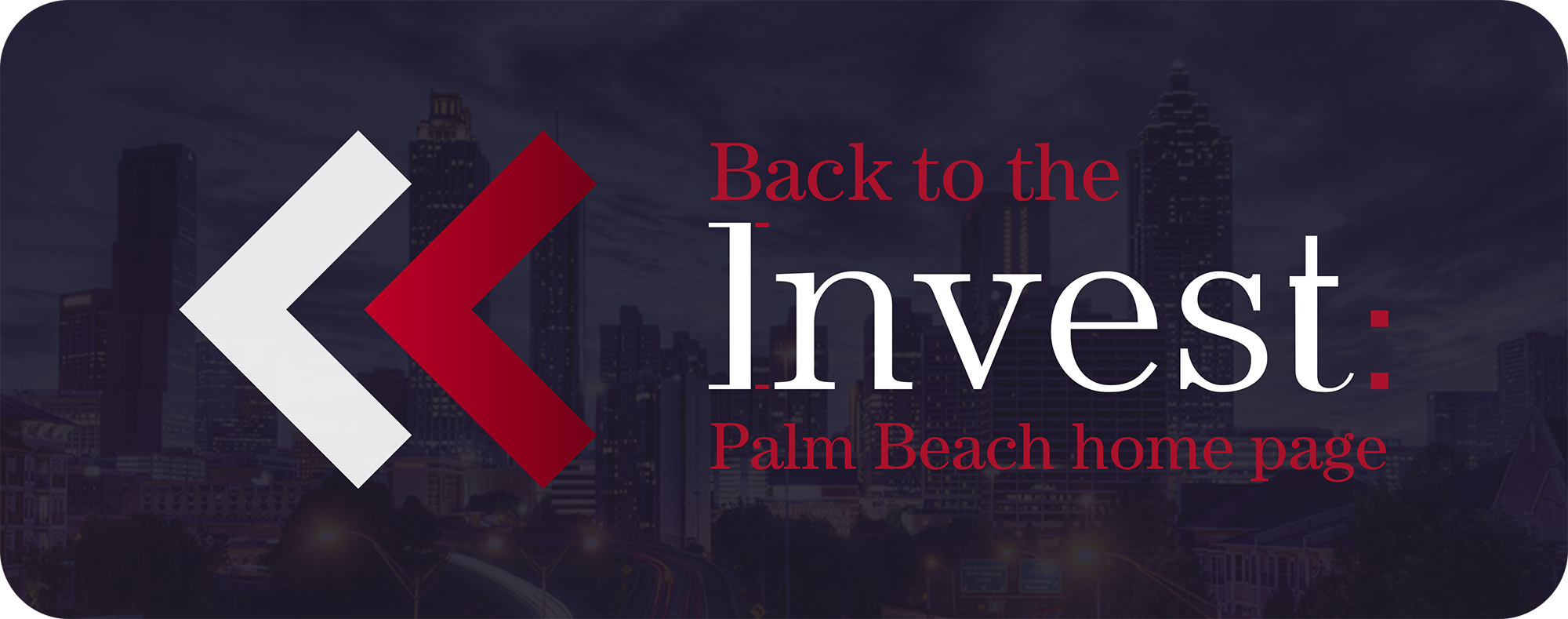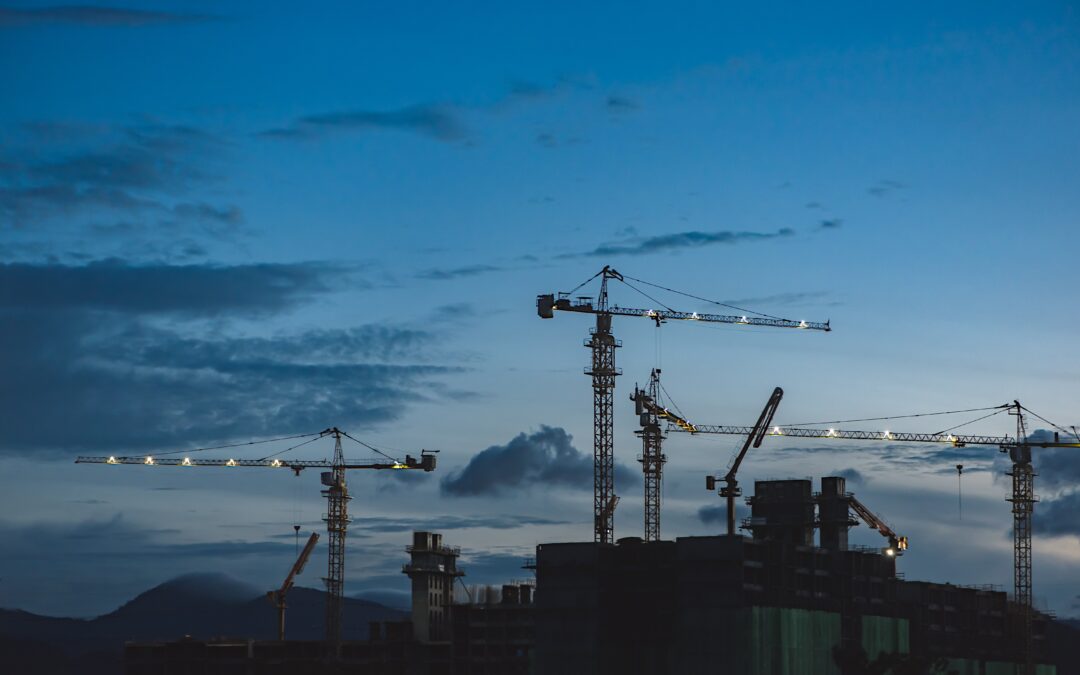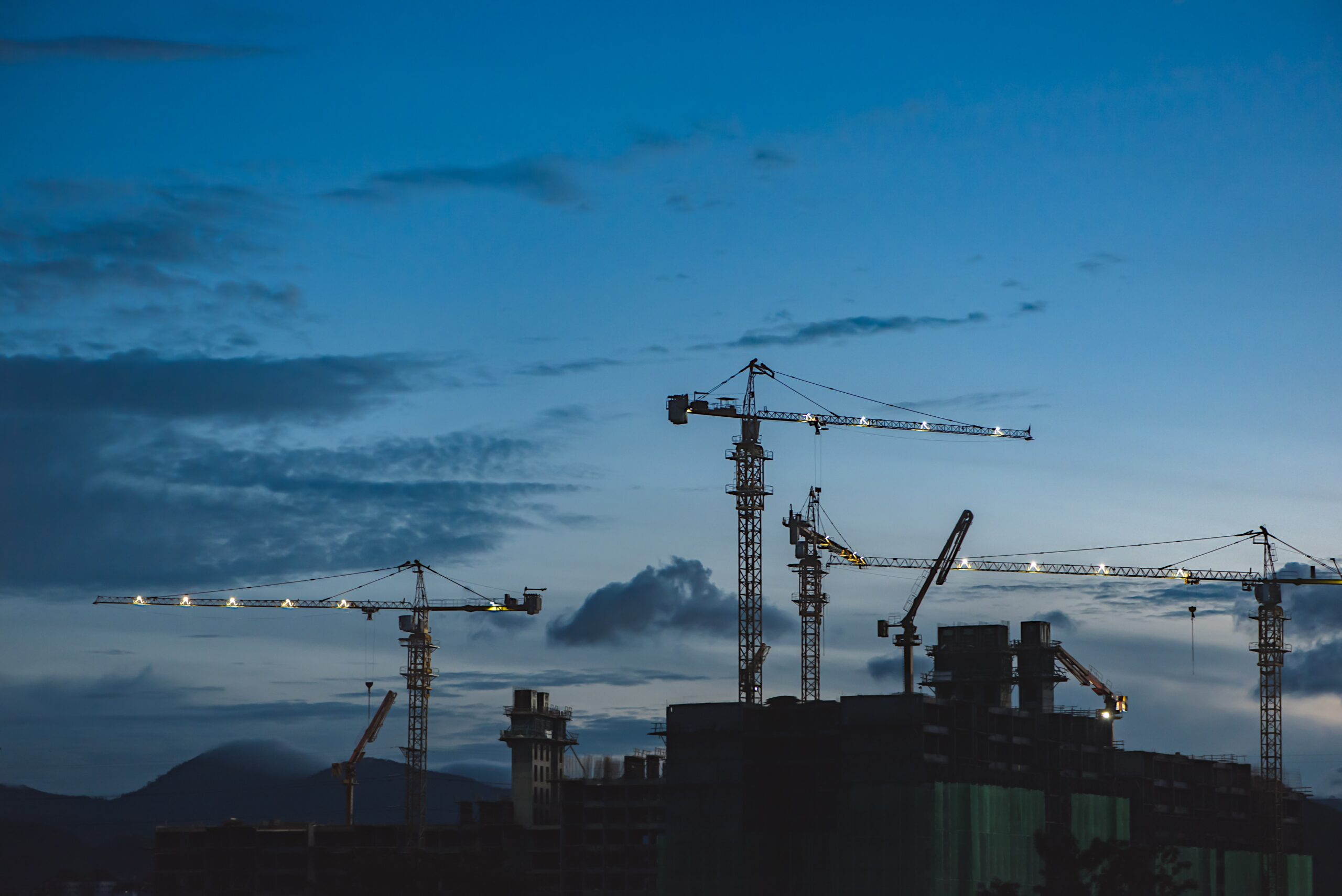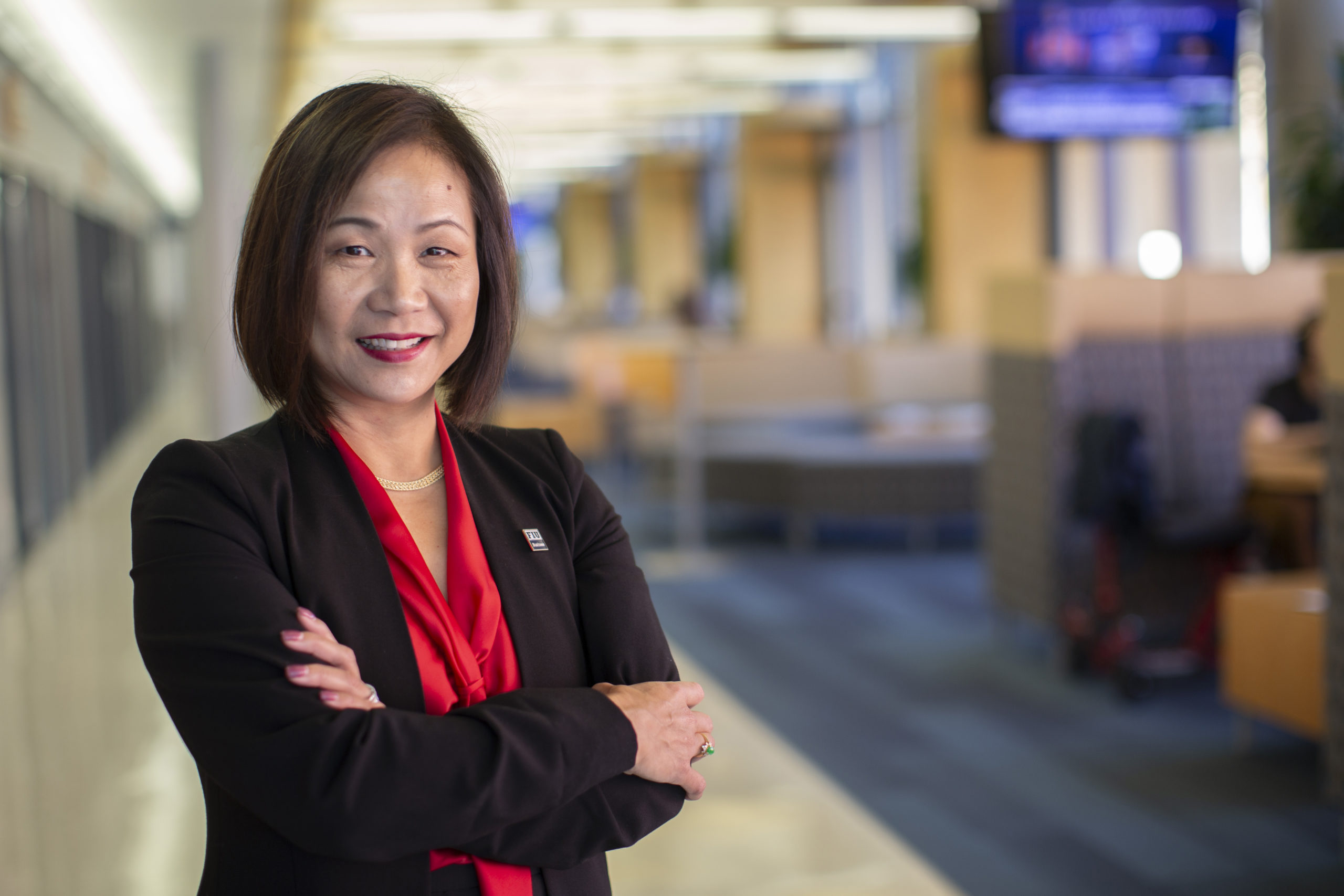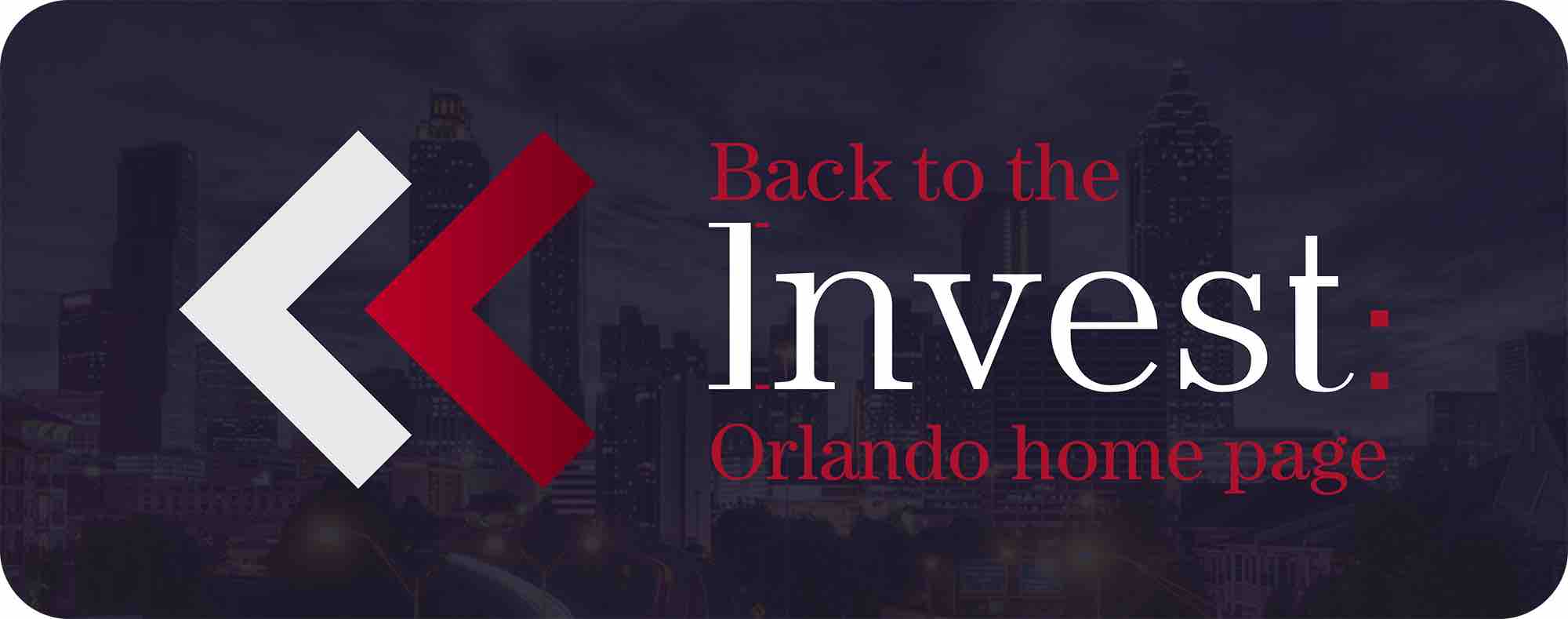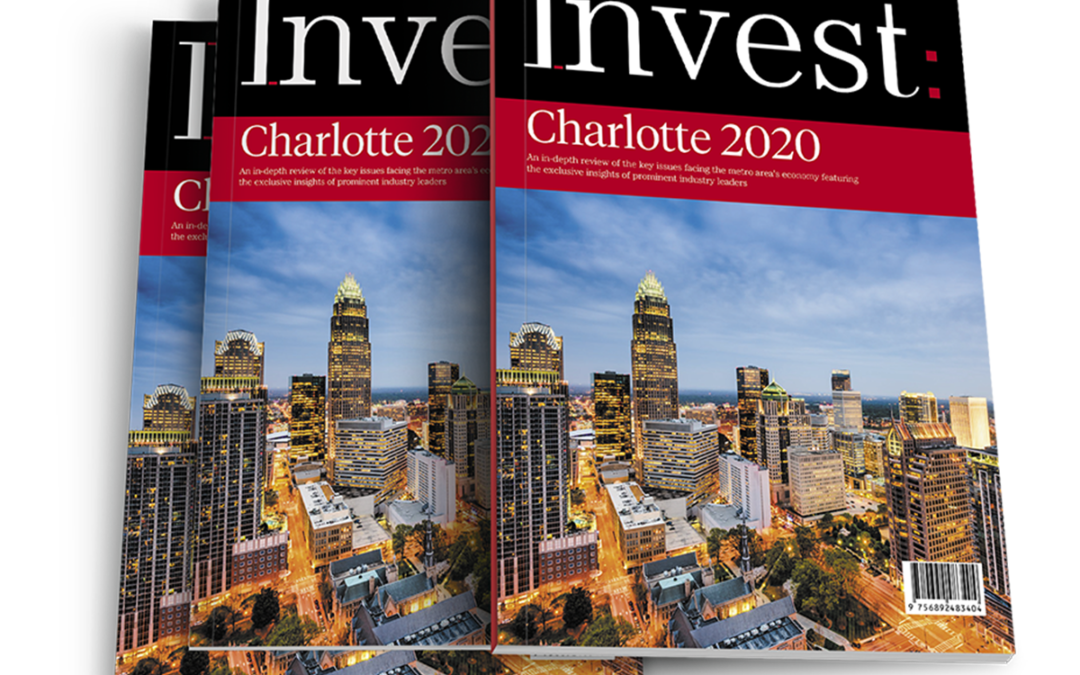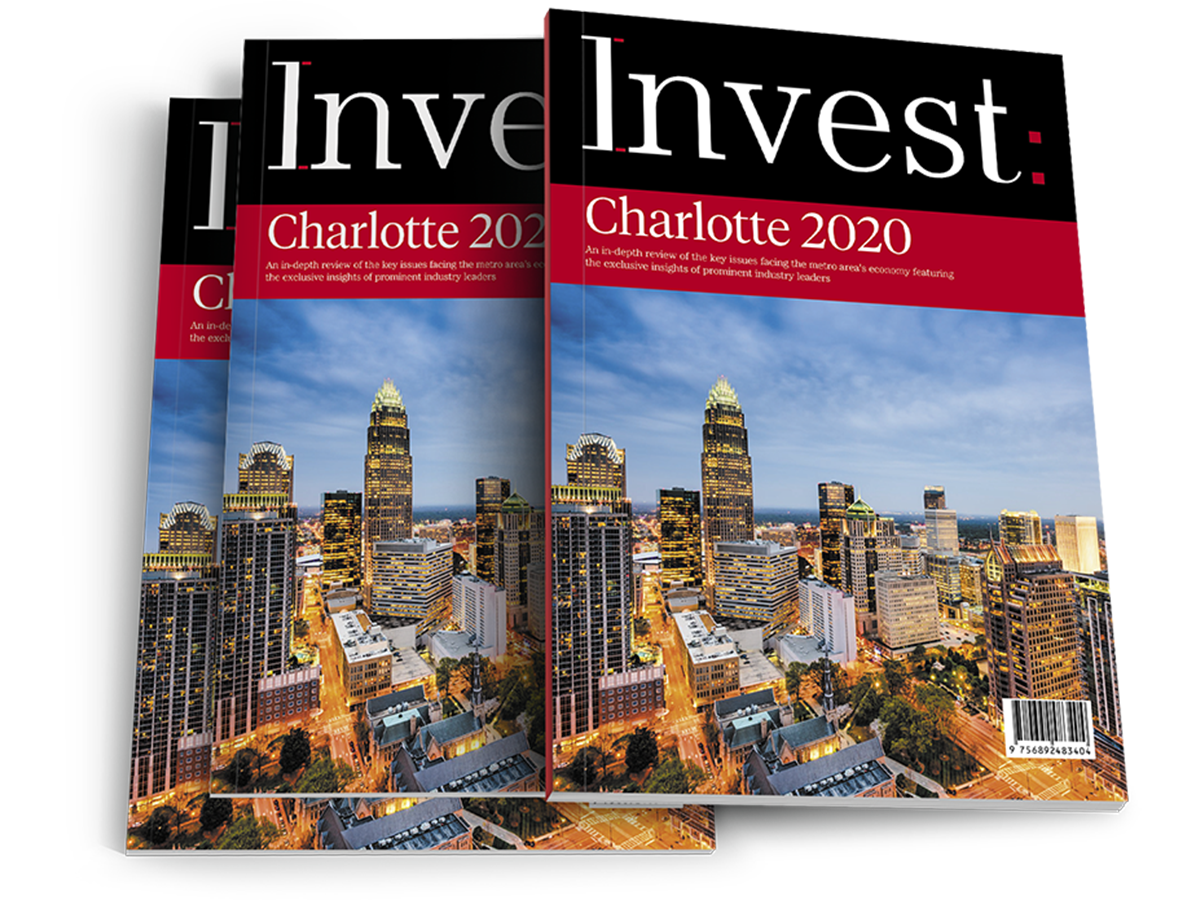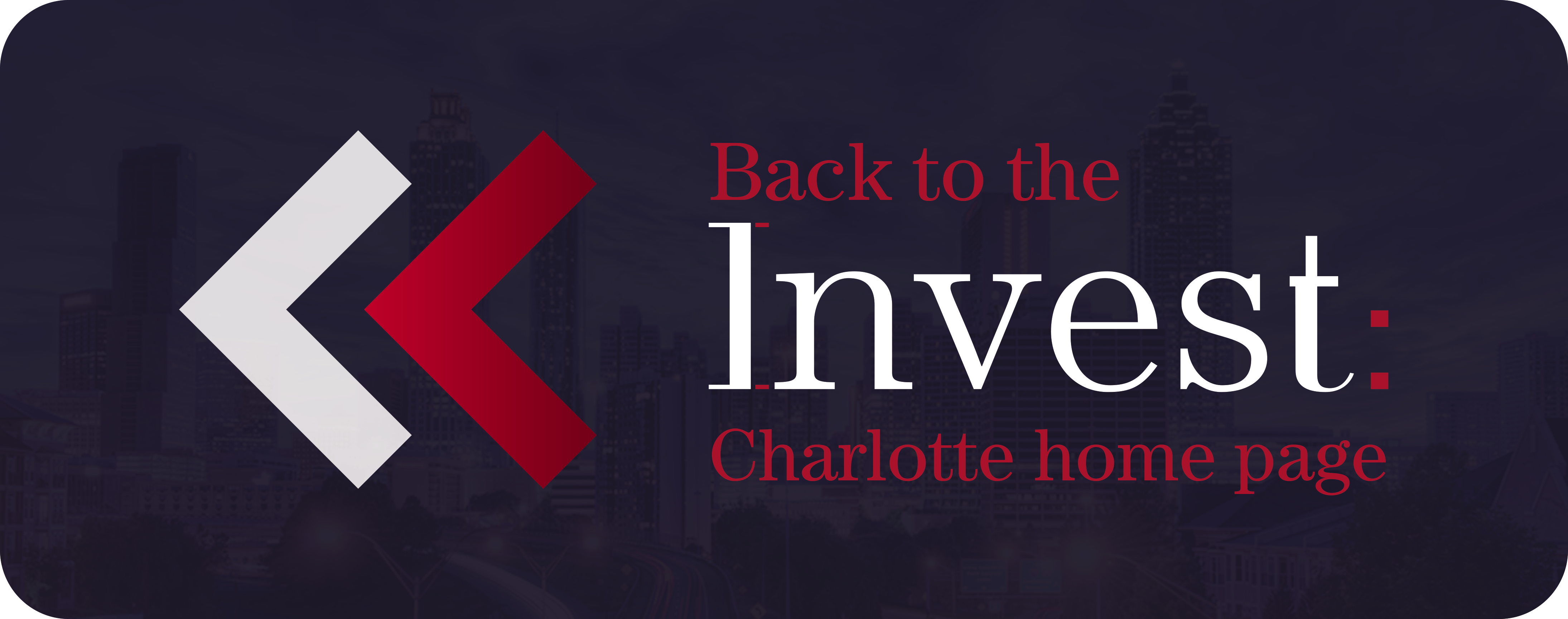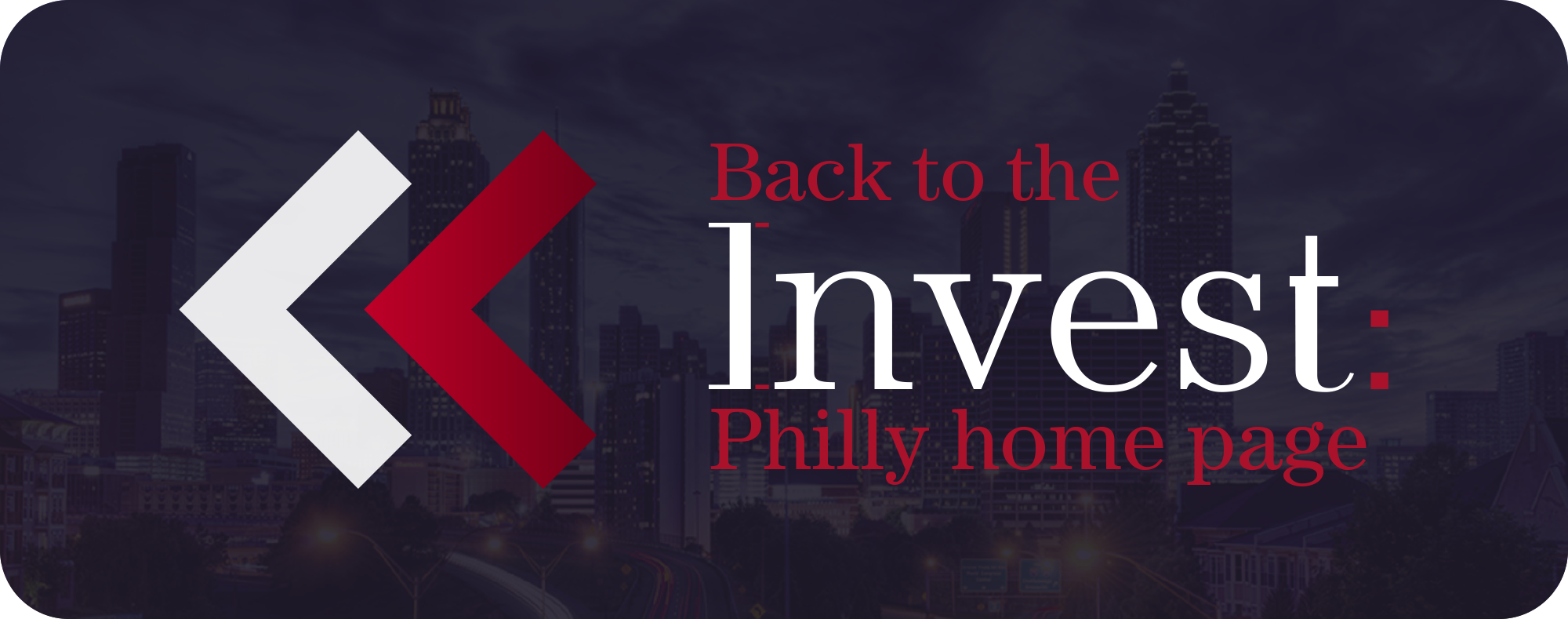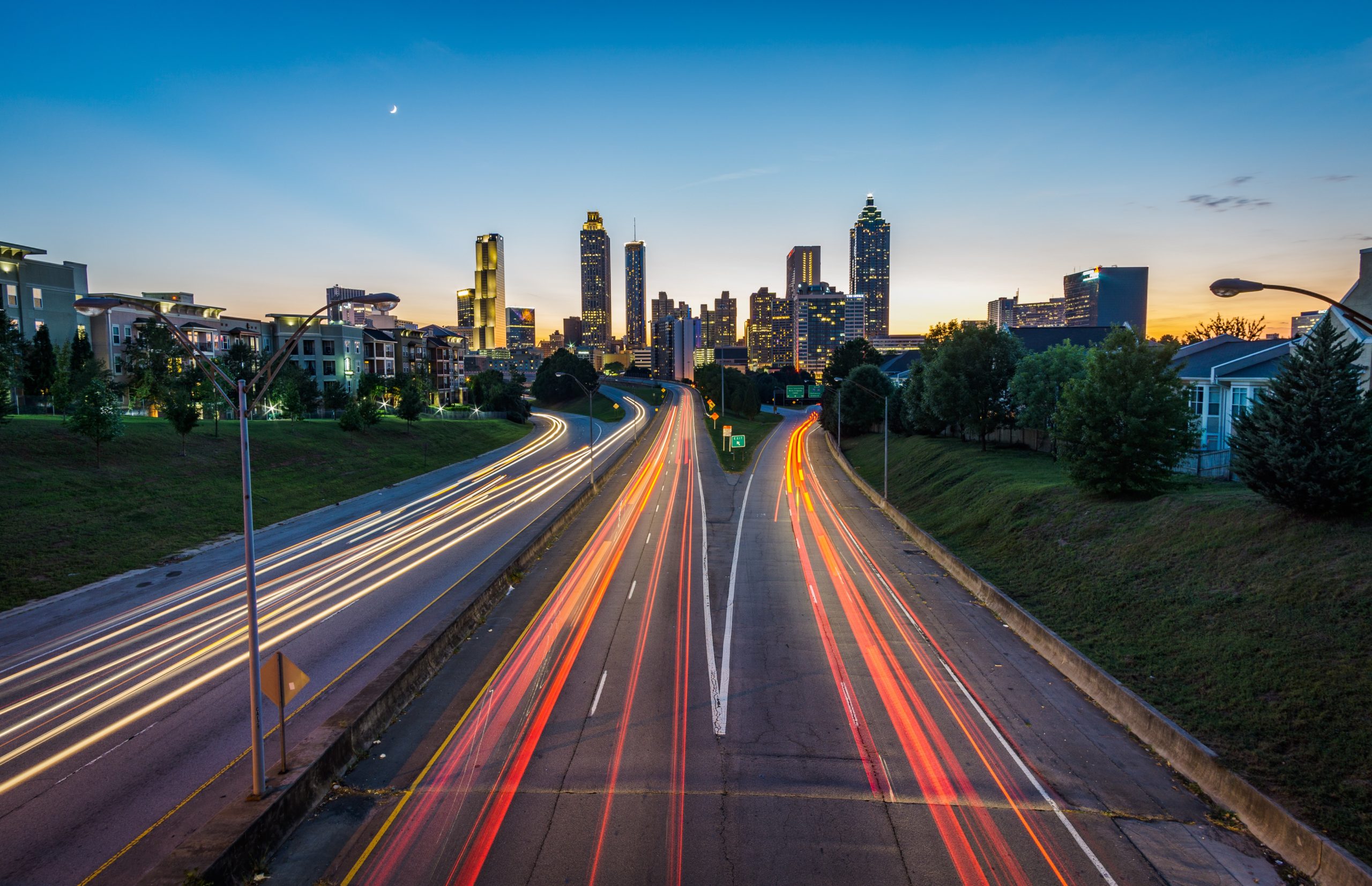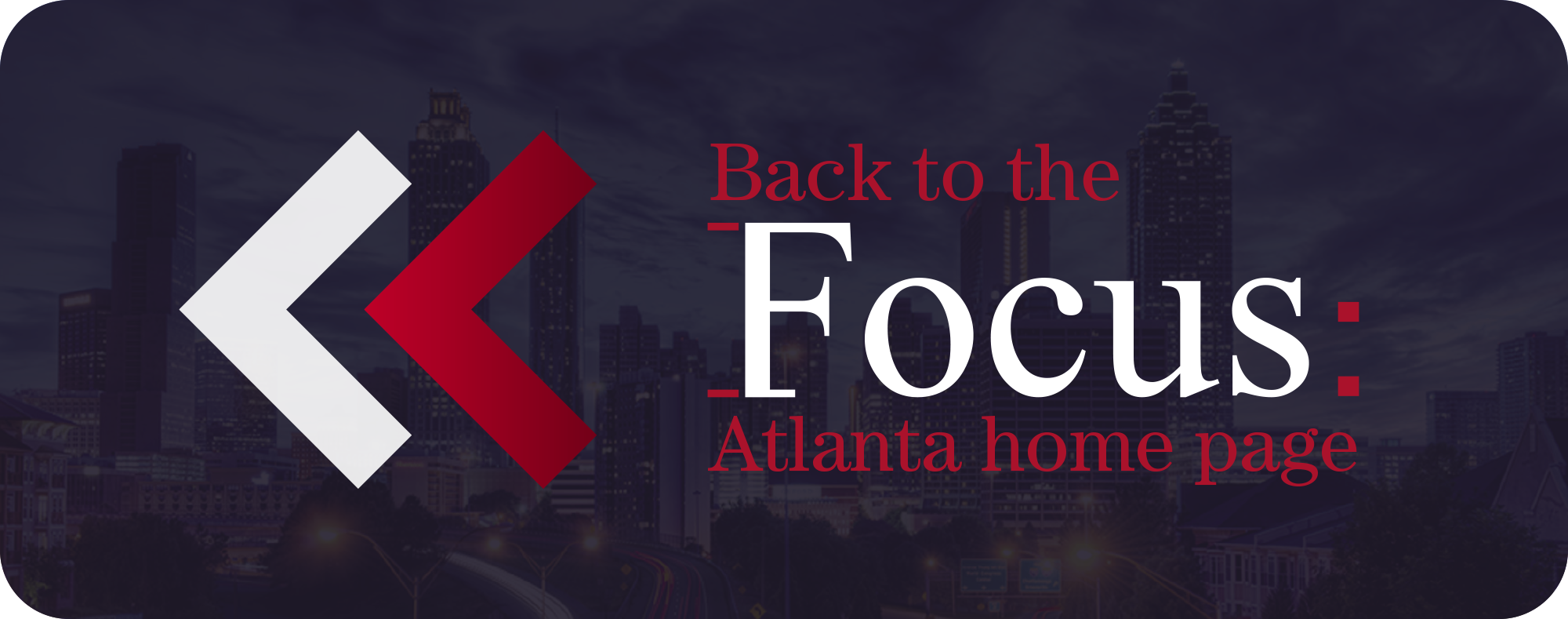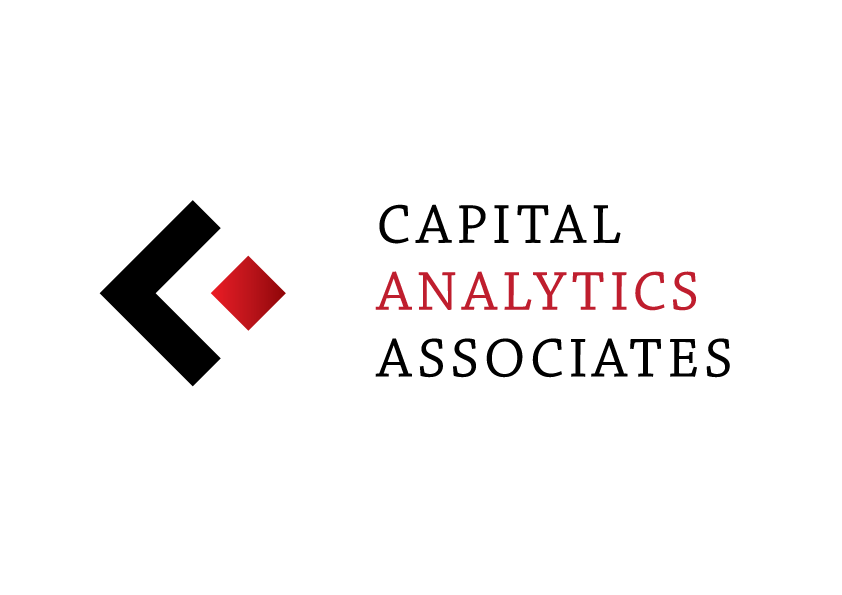
Face Off: Adaptability is par for the course for these development leaders
By: Max Crampton Thomas
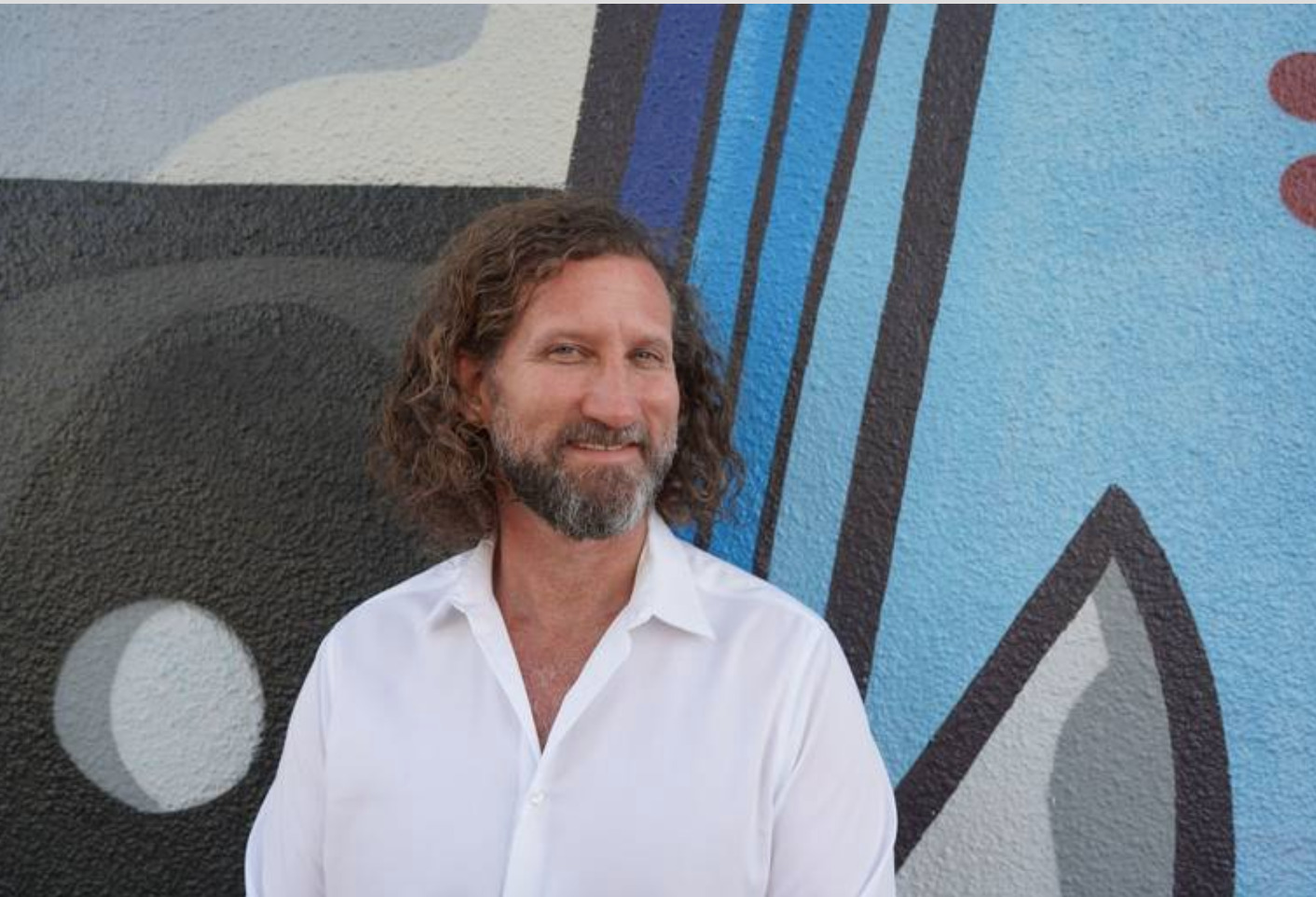
Patrick Lee
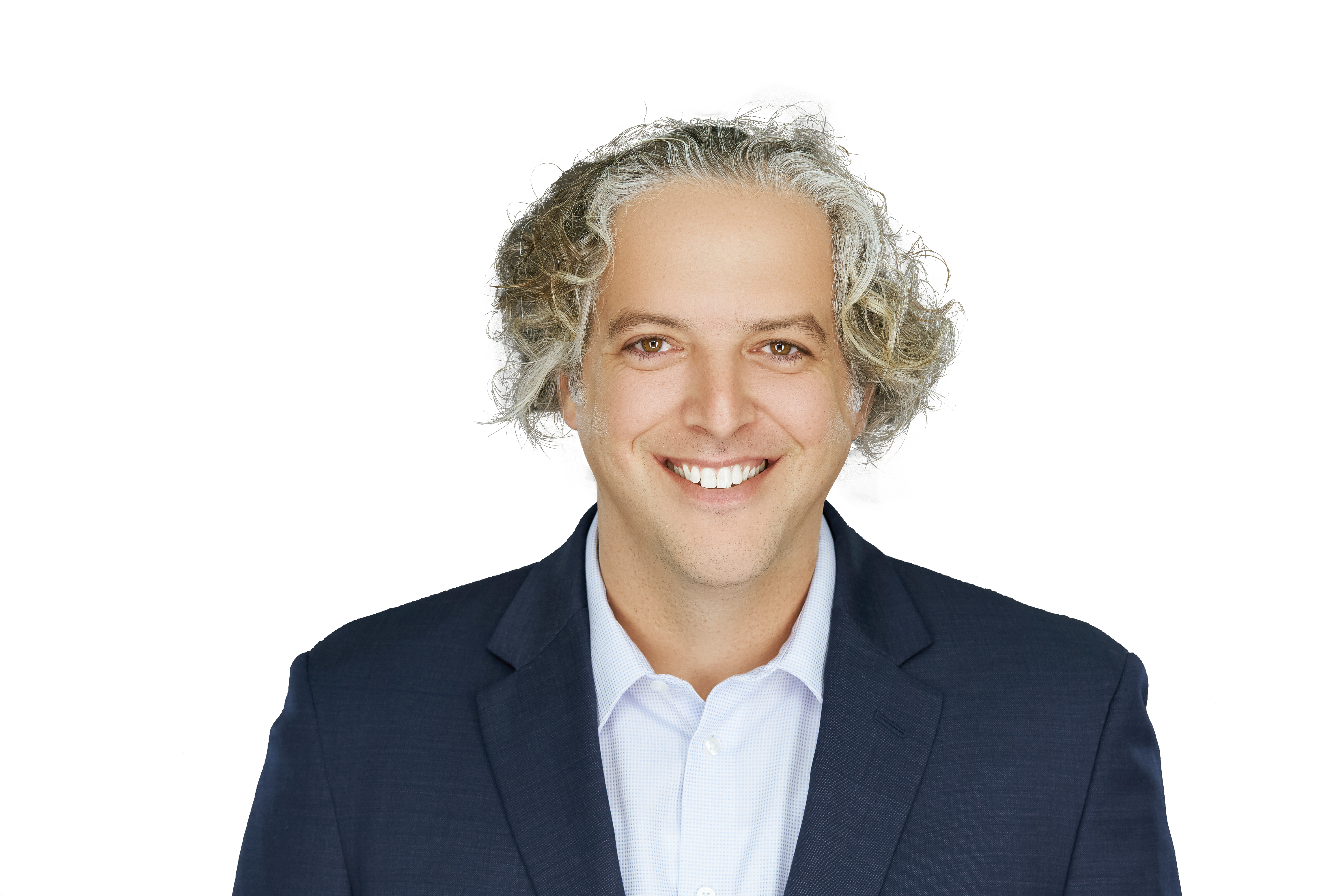
Andrew Burnett
3 min read August 2020 — Although there have been major roadblocks stemming from the pandemic that have created some slowdown, development in South Florida has continued to show a steadfast resilience and adaptability as projects around the region have remained on a path toward completion. For companies within the construction and development sectors, there is an understanding that being adaptable to the communities’ changing needs is just par for the course. While the future may be uncertain, it’s important to keep a cautiously optimistic attitude. Invest: spoke with both Shorecrest Construction President Patrick Lee and Senior Principal for Stantec Andrew Burnett about their companies’ major developmental successes over the last year, the constantly shifting industry landscape and their best estimations of what the future may hold.
What are some recent landmarks for your business in the Miami-Dade region?
Patrick Lee: The main markets Shorecrest Construction focuses on are hospitality, boutique commercial and luxury residential. In the last few years, all of these markets have been extremely strong. We just completed the renovation of the Soho Beach House in Miami Beach, which included the refreshment of guestrooms and suites, bar areas and gym to keep guests engaged and coming back. In luxury residential, a mainstay market for us, we build high-end homes on the water and complete condo interiors in some of the most prominent South Florida neighborhoods. Shorecrest works closely with well-known architects and designers to bring their concepts to life. We just finished the penthouse at the Four Seasons Surf Club designed by Holly Hunt. In the last few years, we have gotten a stronger foothold in those markets.
Andrew Burnett: Recent landmark projects in full swing include Wynwood Square, a 12-story mixed-use facility that includes apartments and retail space; the 30-story YotelPAD Miami condo and hotel project under construction; and a 43-story Luma tower in Miami’s Worldcenter. And there are a lot of new projects to be announced soon and currently coming on board. Each asset within our portfolio contributes to our growth in the creative services space, beyond architecture and interior design, but also engineering and resilience. We think beyond traditional physical traits and focus on how our vast team builds our communities and what we create so there is continuity in our lives and the spaces we inhabit and to ensure that we protect diversity and creative thinking. We call it cultural resilience.
Have you seen more cognizant efforts toward building for the future with sustainability in mind?
Lee: From a climate change perspective, we have been building at a higher elevation, which has been mostly code-driven. Having said that, we have worked on projects where our client has voluntarily built higher than the codes require. Miami Beach has been extremely aggressive in its efforts to raise sea walls to deal with issues stemming from sea level rise. As far as our clients, everybody is technologically savvy, so a lot of the smart home amenities that were reserved for the elite level of homes are becoming a more common feature in homes. We find a lot of our younger clients, in particular, prefer that kind of addition.
Burnett: There is a significant level of agreement across the industry related to what we are facing and where we need to go. It is only a matter of how and there are varying perspectives to harness. Our government agencies, utilities, partners, clients, insurance agencies and lenders all commonly understand the need to mitigate prevalent risks and maintain our quality of life. There is power in the collective movement and I am optimistic about our future and path.
What does the rest of the year look like for your company?
Lee: Shorecrest has a couple of projects that will still happen as well as some ongoing projects that are still running, including a condominium at the Continuum South Beach and several single-family residences in South Florida. We have two luxury clubs and restaurants right on Miami Beach and the owners of those projects are still very bullish on the construction. I think there will be more of an influx of people who have been coming into Miami from the Northeast because they no longer want to live in such dense cities and prefer to live in a place like Florida. I predict that there will be a recovery in Miami relatively quickly.
Burnett: We have been quite busy, which is a reflection of the busy private development market. Projects are moving forward and the entire development community is gearing up for when the play button is pressed. In 2009, during the H1N1 outbreak, we established a pandemic committee, granting us an effective way to respond quickly to the pandemic and set up a remote work setting. Fast forward to today: Our productivity levels have allowed us to meet established deadlines and keep projects moving forward, continuing business as usual. Our current outlook for 2021 does not project significant levels of interruption. We want to continue to support that in any way we can.
To learn more about our interviewees, visit:

